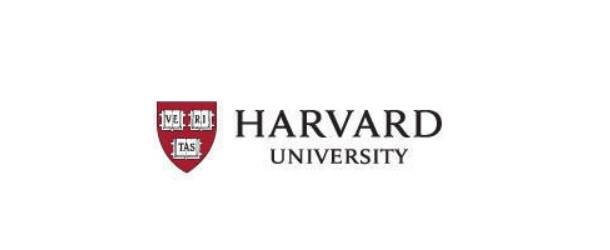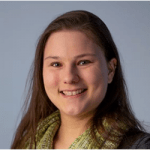Harvard’s Lukin Discusses His Group’s Work in Quantum Memory and Quantum Repeaters

(OSA.org) Mikhail Lukin of Harvard University recently presented how his group is working to extend the range of secure quantum communications. In particular, he described how diamond-based quantum memory can boost the efficiency of quantum key distribution (QKD) involving Bell-state measurements.
QKD systems have been available commercially for some time but remain the subject of intense research. In particular, secure communications cannot be carried out over more than a few hundred kilometers owing to the absorption and scattering of photons as they travel along optical fiber. Classically, such losses can be overcome using amplifiers. Doing a similar thing with a quantum signal, however, would impair its security.
Lukin explained how the quantum memory can improve QKD and provide a key ingredient for quantum repeaters—devices that in future could allow quantum communications to be extended over arbitrarily long distances.
Lukin and his team are focusing on so-called silicon–vacancy centers—atom-like defects created when two carbon atoms in a diamond lattice are replaced by a silicon atom and a gap. Such a defect, integrated inside a nanophotonic diamond resonator, yields a solitary spin that can remain in a coherent quantum state for more than two milliseconds when chilled to within a fraction of a degree above absolute zero.
Looking ahead, the Harvard researchers will attempt to carry out a similar feat with light at telecom wavelengths. And at the same time, said Lukin, they hope to make “serious inroads” into the development of quantum repeaters.























